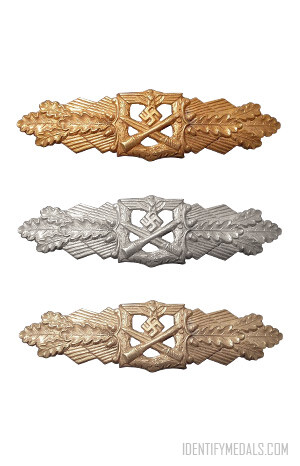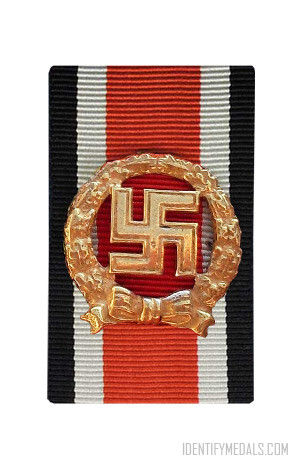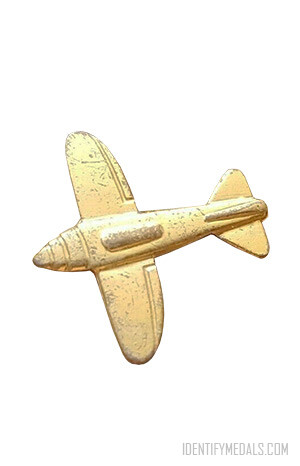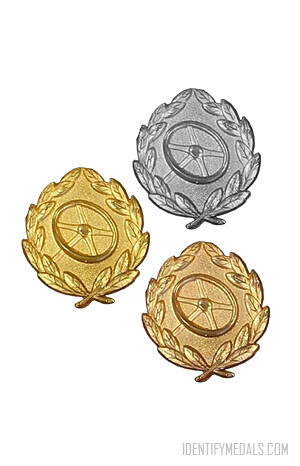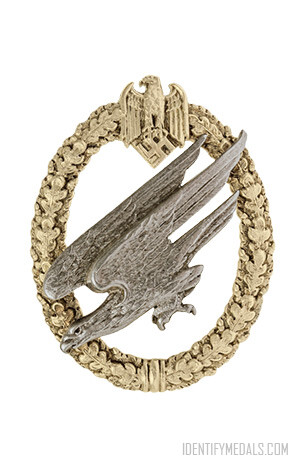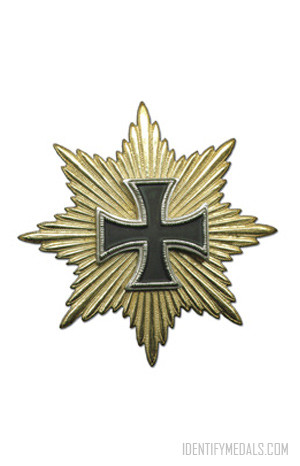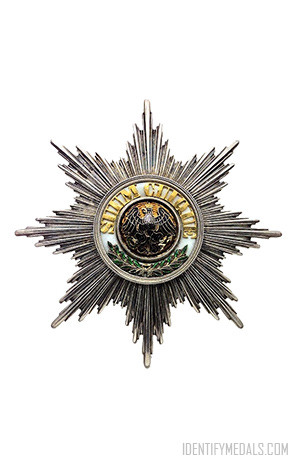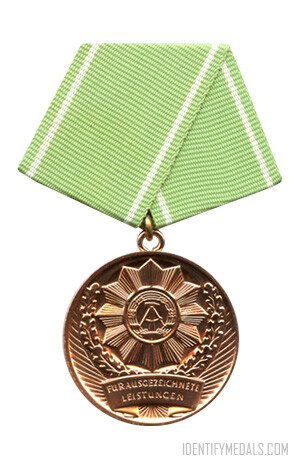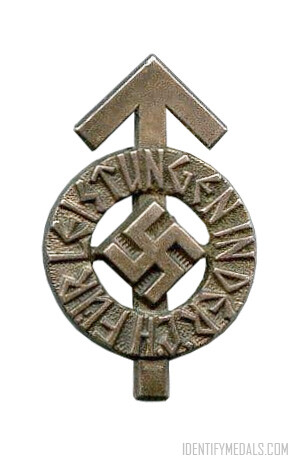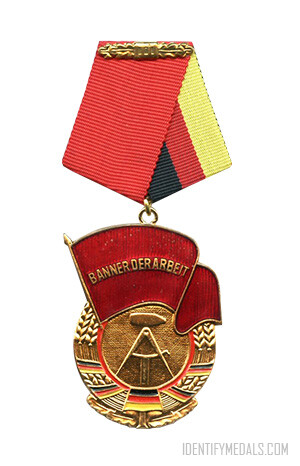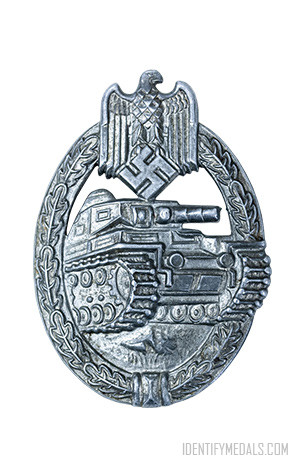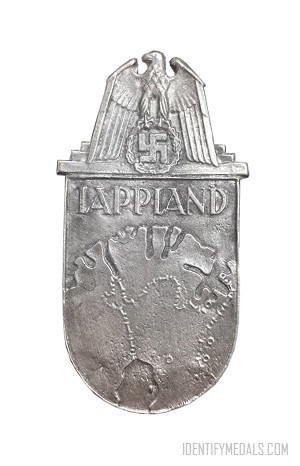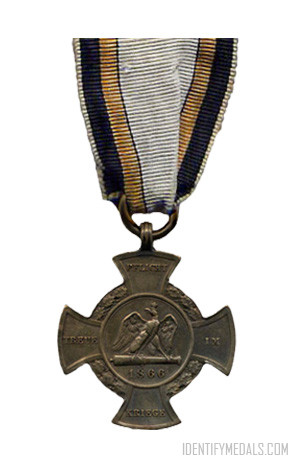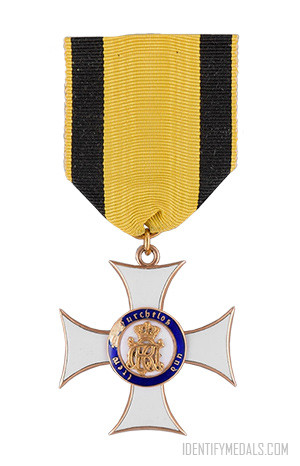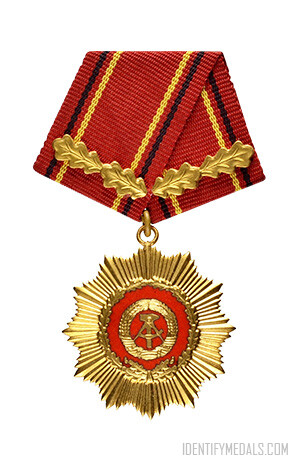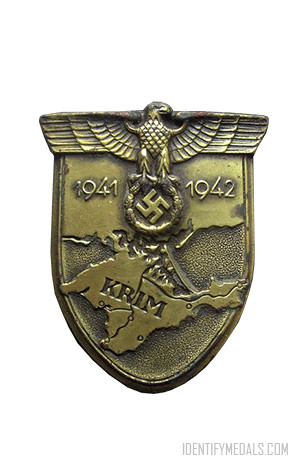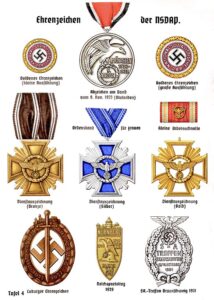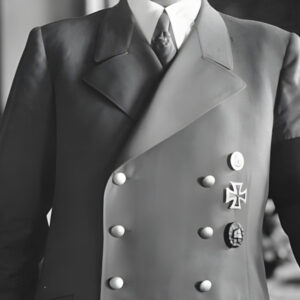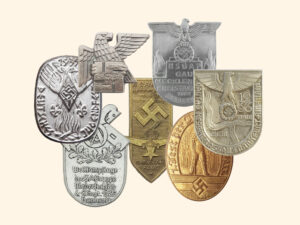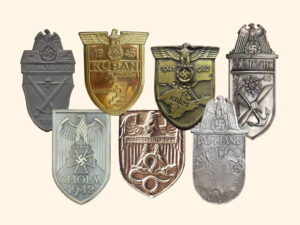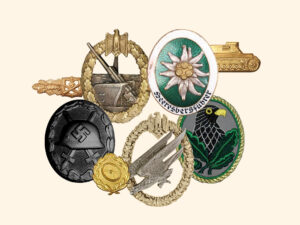- Time Period: Nazi Germany (World War II)
- Institution: 25 November 1942
- Country: Germany
The Close Combat Clasp (Nahkampfspange in German) was a war badge awarded to Waffen SS and Wehrmacht Heer soldiers during World War II. Established on November 25, 1942, the Close Combat Clasp was awarded to German soldiers who displayed exceptional bravery and skill in close combat situations, treet fighting, or other situations where the use of firearms was impractical or ineffective. This included combat actions within buildings, trenches, or other confined spaces where the enemy was engaged at close range.
To be eligible for the Close Combat Clasp, soldiers had to meet certain requirements, including demonstrating individual bravery and skill in close combat situations. These engagements were often intense and dangerous, requiring quick thinking, physical strength, and the ability to adapt to rapidly changing circumstances.
The Close Combat Clasp was one of many military decorations instituted by the Nazi regime during World War II to honor acts of bravery and valor among its soldiers. Despite its association with a regime responsible for some of the greatest atrocities in human history, the award itself remains a significant historical artifact.
The Close Combat Clasp Design
The clasp was made of bronze, silver, or gold, with varying criteria determining which level of award a soldier received. For instance:
- The bronze clasp was awarded for 15 days of close combat.
- The silver clasp for 25 days of close combat.
- The gold clasp for 50 days or more of close combat engagements.
The award was typically worn on the upper left pocket and above the ribbon bar. Individuals would only wear one (the highest level they had received).
More Army/Waffen-SS War Badges
The Army/Waffen-SS war badges were military decorations awarded by Nazi Germany to members of the Army (Heer) and the Waffen-SS. Explore the complete collection below:

